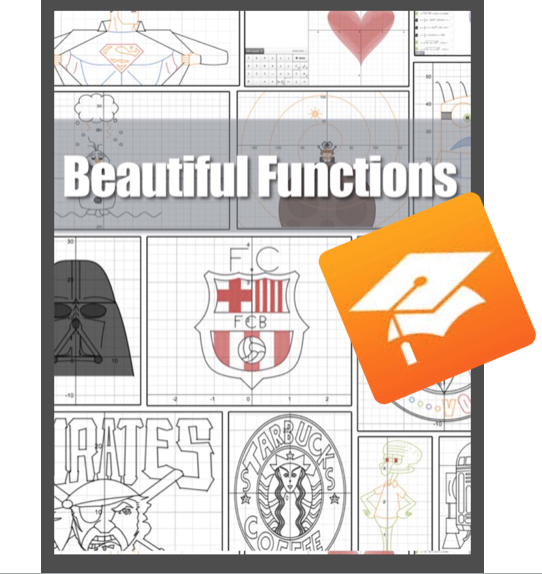The original idea for this lesson came from
Al Overwijk. Thanks again Al!
The possible Ontario overall curriculum expectations covered in the activity:
- Grade 10 applied:
- graph a line and write the equation of a line from given information
- Grade 9 applied & academic:
- solve problems involving proportional reasoning;
- apply data-management techniques to investigate relationships between two variables;
- demonstrate an understanding of constant rate of change and its connection to linear relation
- Grade 8:
- solve problems by using proportional reasoning in a variety of meaningful contexts.
- Grade 7:
- demonstrate an understanding of proportional relationships using percent, ratio, and rate.
- Grade 6:
- demonstrate an understanding of relationships involving percent, ratio, and unit rate.
Act 1: Turbo Texting:
I started with “I was with my brother one afternoon and I needed to text my wife. After texting her, my brother informed me that I was a ‘terrible texter’. He said I was soooooo slow. I on the other hand disagreed. Then we decided to settle this once and for all—- race!!!”
If you’re viewing this through email you may have to click through to see the video
What do you notice? What do you wonder? Allow students a few minutes on their own to jot down their ideas. Then share with partners, then the class.
Here are a few questions/tasks I asked them next. I wanted to slowly build into deciding if this relationship was proportional.
- What relationships can you see? — Number of characters in a text vs. the time to text it.
- Create a scatter plot sketch of how the number of characters in a text affects the time to text that message.
- How does this graph look with both texters on the same grid?
- Who is the faster texter? Predict. How does your sketch show who is faster?
- Kevin finishes first does that mean he is the faster texter?
- How will we determine who is the faster texter? What will we need to see?
We took our time with these questions so we could develop and understand the relationship between characters in a text and the time to text it.
Act 2
If you’re viewing this through email you may have to click through to see the video
ME: “Use any method you choose to determine: Who is the faster texter?” I allowed them time here to work on a strategy. I watched carefully what strategies they used or didn’t use.


Seeing the different strategies gave us a nice discussion the importance understanding what rate we are determining and how to interpret it to answer the problem.
I showed this picture next:

and this piece of info…

Students completed this problem and we discussed the assumptions we needed to make.
Texting Time
How do your students compare to Jon and Kevin? Have them time each other while texting the 165 character message. Have them determine their texting speed to see who the fastest texter is in the class.
Linear Modelling
ME: “Now you may have texted that message in 18 seconds, but would you do this all of the time? Would you keep that same rate for a shorter message? Longer message? We better keep this experiment going.
I set them off to text various messages of different lengths using this handout (I modelled the handout format after Mary Bourassa’s Spegettini and Pennies handout – thanks Mary).

Click to download a copy
Students used Desmos and the regression tool to create a linear model. They used that model to predict how long it would take to text 140 characters, 200 characters, and this message: “Dear Mom and Dad I promise to never text and drive.” They finally timed themselves to compare the calculated time and the actual time.
Extension: Compare the relationship between the number of words in a message and the time to text the message. How would the equation change? Is it still proportional?
Like this:
Like Loading...




 As the year closes down I think back on 2017. I was curious about some of the stats on this site and was blown away at some of the numbers. I never thought that when I started sharing what goes on in my classroom that I would have over 150000 views in a single year! Amazing….and thats all because of you! I dug a bit deeper and found the three most popular posts from this year.
As the year closes down I think back on 2017. I was curious about some of the stats on this site and was blown away at some of the numbers. I never thought that when I started sharing what goes on in my classroom that I would have over 150000 views in a single year! Amazing….and thats all because of you! I dug a bit deeper and found the three most popular posts from this year.




